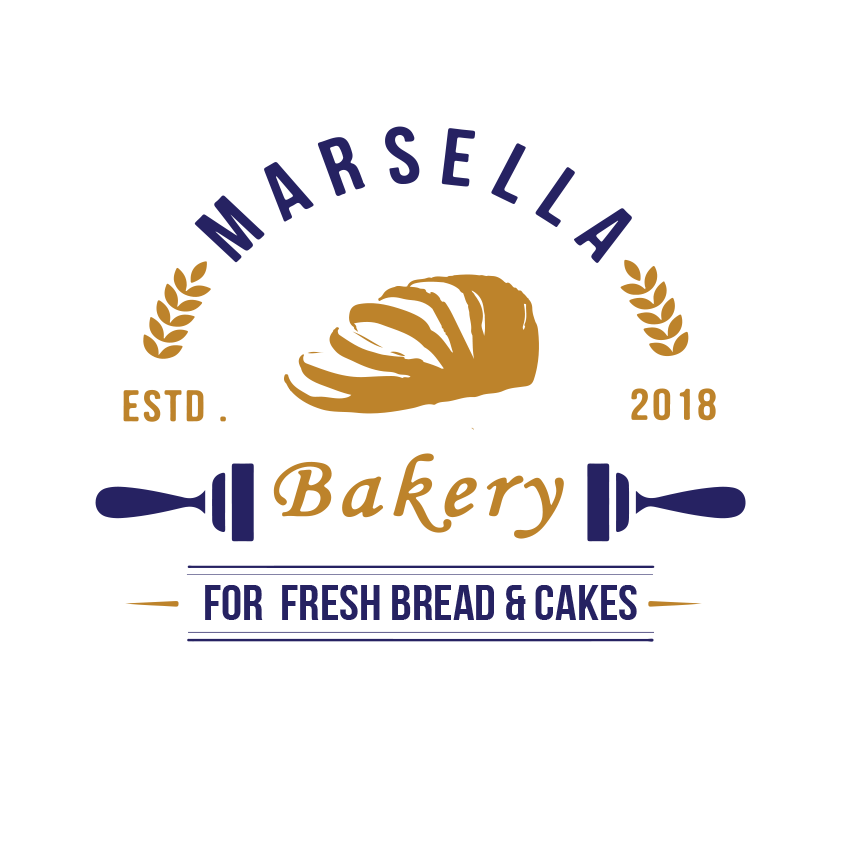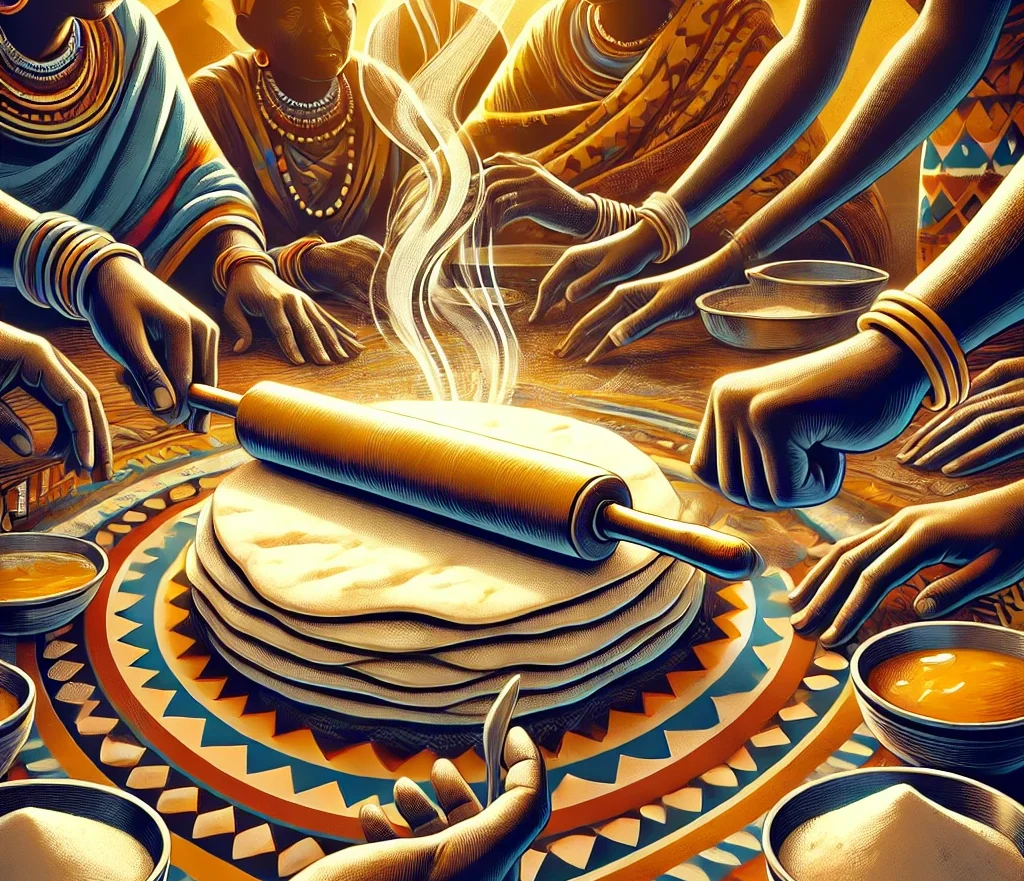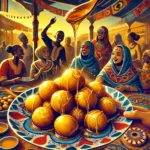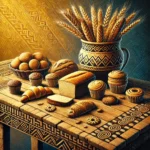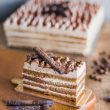1. Introduction to Kenyan Bread Culture
1.1. Historical influences on Kenyan bread-making
The bread-making tradition in Kenya has been shaped by various historical influences, including indigenous practices, Arab traders, and European colonizers. These diverse influences have contributed to the rich tapestry of bread varieties found in Kenyan markets today.
1.2. Role of bread in daily Kenyan life
Bread plays a significant role in the daily lives of Kenyans, serving as a staple food item for many households. It is consumed at various meals throughout the day and is often considered a convenient and affordable source of sustenance.
1.3. Regional variations in bread preferences
Different regions in Kenya have developed distinct preferences for certain types of bread. Coastal areas, for instance, may favor breads with Arab influences, while urban centers might lean towards more Western-style loaves.
2. Chapati: The Flatbread Favorite
2.1. Origins and cultural significance
Chapati, a round flatbread, has its roots in Indian cuisine but has become deeply ingrained in Kenyan culinary culture. It is often associated with celebrations and special occasions, symbolizing hospitality and community.
2.2. Ingredients and preparation methods
Traditional chapati is made from a simple mixture of wheat flour, water, and salt. The dough is kneaded, rolled into thin circles, and cooked on a hot griddle until golden brown and slightly puffy.
2.3. Popular chapati variations and accompaniments
Variations of chapati include the addition of ingredients like spinach or carrots for added nutrition and flavor. It is commonly served with stews, curries, or simply enjoyed with tea.
3. Mandazi: Kenya’s Sweet Doughnut
3.1. Cultural importance and festive associations
Mandazi, often referred to as the “Swahili doughnut,” holds a special place in Kenyan culture. It is particularly popular during festive seasons and is often served as a breakfast item or snack.
3.2. Traditional recipe and cooking techniques
The traditional mandazi recipe includes flour, sugar, milk, eggs, and sometimes coconut milk. The dough is shaped into triangles or circles and deep-fried until golden brown.
3.3. Regional differences in mandazi flavors
Different regions in Kenya may add unique flavors to their mandazi, such as cardamom in coastal areas or cinnamon in some urban bakeries.
4. Ngumu: The Crunchy Snack Bread
4.1. History and development of ngumu
Ngumu, which means “hard” in Swahili, is a crunchy bread that developed as a way to preserve bread for longer periods. Its origins can be traced back to times when refrigeration was not widely available.
4.2. Ingredients and baking process
Ngumu is typically made from wheat flour, sugar, and sometimes milk. The dough is shaped into small balls or flat discs and baked until hard and crunchy.
4.3. Popularity and consumption patterns
Ngumu is popular as a snack and is often enjoyed with tea or coffee. Its long shelf life makes it a favorite for travelers and those living in rural areas with limited access to fresh bread.
5. Mkate wa Sinia: The Pan Bread
5.1. Origins and cultural context
Mkate wa Sinia, which translates to “bread of the platter,” is a traditional Swahili bread that originated on the Kenyan coast. It holds cultural significance in coastal communities.
5.2. Unique preparation methods
This bread is unique in its preparation method. The dough is spread on a large, round tray (sinia) and baked, resulting in a large, round, flat bread with a slightly crispy exterior.
5.3. Serving suggestions and pairings
Mkate wa Sinia is often served during special occasions and is traditionally paired with meat dishes or stews. It can also be enjoyed with honey or jam as a sweet treat.
6. European-Inspired Breads in Kenyan Markets
6.1. Introduction of loaf breads to Kenya
The introduction of European-style loaf breads to Kenya can be traced back to the colonial era. These breads have since become a common sight in Kenyan bakeries and supermarkets.
6.2. Popular varieties and their adaptations
White and brown loaves are popular, with local adaptations including the addition of ingredients like millet or sorghum flour to cater to local tastes and nutritional preferences.
6.3. Impact on traditional bread consumption
While European-style breads have gained popularity, especially in urban areas, they have not entirely replaced traditional Kenyan breads, which continue to hold cultural significance.
7. Health and Nutritional Aspects of Kenyan Breads
7.1. Nutritional profiles of different bread types
Different Kenyan breads offer varying nutritional profiles. For instance, chapati made with whole wheat flour provides more fiber than white bread, while mandazi, being fried, is higher in fat content.
7.2. Incorporation of local, nutritious ingredients
There is a growing trend of incorporating local, nutritious ingredients into bread recipes. Examples include adding amaranth or cassava flour to enhance the nutritional value of breads.
7.3. Balancing tradition with health considerations
Efforts are being made to balance traditional bread-making techniques with modern health considerations. This includes reducing sugar content in sweet breads and using healthier cooking methods.
8. The Future of Bread in Kenyan Cuisine
8.1. Emerging trends in bread-making
Emerging trends in Kenyan bread-making include a focus on artisanal breads, gluten-free options, and the use of ancient grains.
8.2. Fusion breads and innovative flavors
Kenyan bakers are experimenting with fusion breads that combine traditional recipes with international flavors, creating unique and innovative products.
8.3. Preservation of traditional bread-making techniques
There is a growing awareness of the importance of preserving traditional bread-making techniques, with some bakeries and cultural institutions working to document and teach these methods to younger generations.
9. Summary
Kenyan bread culture is a rich tapestry of traditional and modern influences, reflecting the country’s diverse cultural heritage. From the ubiquitous chapati to the sweet mandazi, and from the crunchy ngumu to European-inspired loaves, Kenyan breads offer a wide variety of flavors and textures. As the country continues to evolve, so too does its bread culture, balancing tradition with innovation and health considerations.
10. FAQs
What is the most popular bread in Kenya?
Are Kenyan breads generally healthy?
Can I find gluten-free bread options in Kenya?
How has urbanization affected bread consumption in Kenya?
Are there any uniquely Kenyan bread-making techniques?
